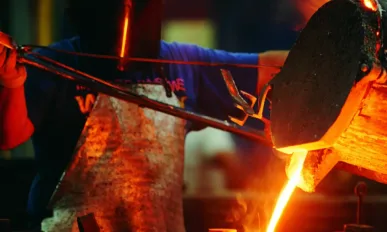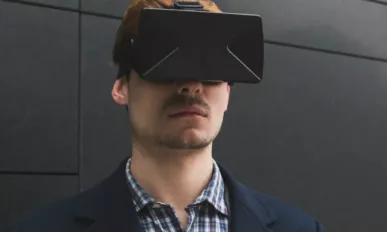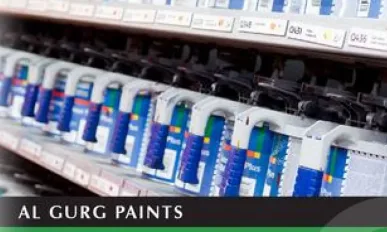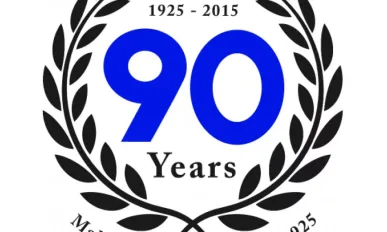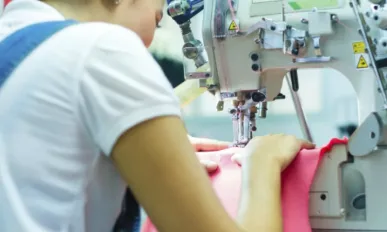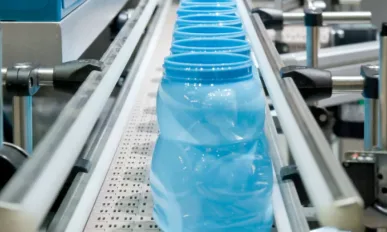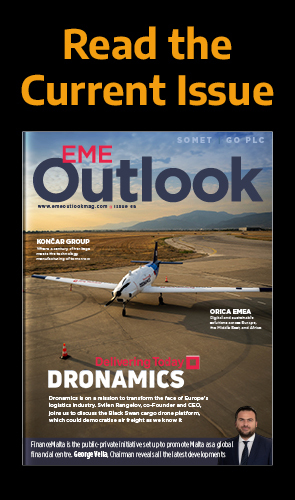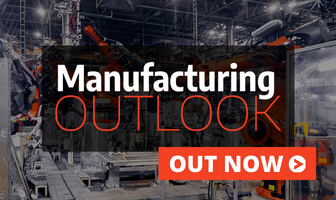Adey Steel Group Celebrates New Project Wins
Leading UK steel fabrication Company, Adey Steel Group has recently been awarded contracts to provide steelwork packages for Metro bank in Wimbledon and New Papworth Hospital in Cambridgeshire.
Virtual Reality Delivers Savings for Rolls Royce
The nuclear arm of Rolls Royce was the first in the UK to invest in a 4K virtual reality system in 2014 and it has revolutionised the way the Company operates.
Al Gurg Paints : Staying True to Colour
Al Gurg Paints is gearing up for the most challenging yet exciting phase of its development to date as it looks to diversify the business model.
Adey Steel Group Celebrates 90 Years of Growth, Despite UK Industry Decline
Family-owned business, Adey Steel Group, is expanding its team with an ongoing recruitment process and an exciting apprenticeship programme.
A Perfect Fit for Sustainable Manufacturing
A social and labour convergence project has been launched with the aim of improving working conditions in apparel manufacturing worldwide.
Europe Shows the Way to Sustainable Development through Low Carbon Manufacturing
A major part of sustainable development in Europe involves the propagation of low carbon manufacturing technologies and techniques.
“Better Risk Management was Needed” to Avoid VW Scandal
Volkswagen’s industrial-scale emissions fraud could have been better assessed using state-of-the-art scenario modelling, according to a leading risk management company.
Novo Nordisk to Build Insulin Manufacturing Plant in Iran
The Danish drug maker Novo Nordisk has committed approximately $78 million to build an insulin manufacturing plant in Iran.
United Cast Bar : Raising the Bar
United Cast Bar (UCB) is setting increasingly impressive standards in 2015 as it continues to raise the bar.
Marriott Drilling Group : Global Knowledge, Local Presence
As the UK’s largest onshore deep drilling Company, Marriott Drilling Group continues to expand its portfolio of international projects.
Measuring Performance in New Product Development
New product development (NPD) is one of the most important strategic and operational levers an organisation can use to sustain growth.
Pirelli Announced as a Leading Force in Sustainability
A recent study has awarded Pirelli 99.60 points (out of a maximum of 100) in the Environmental Sustainability category.



